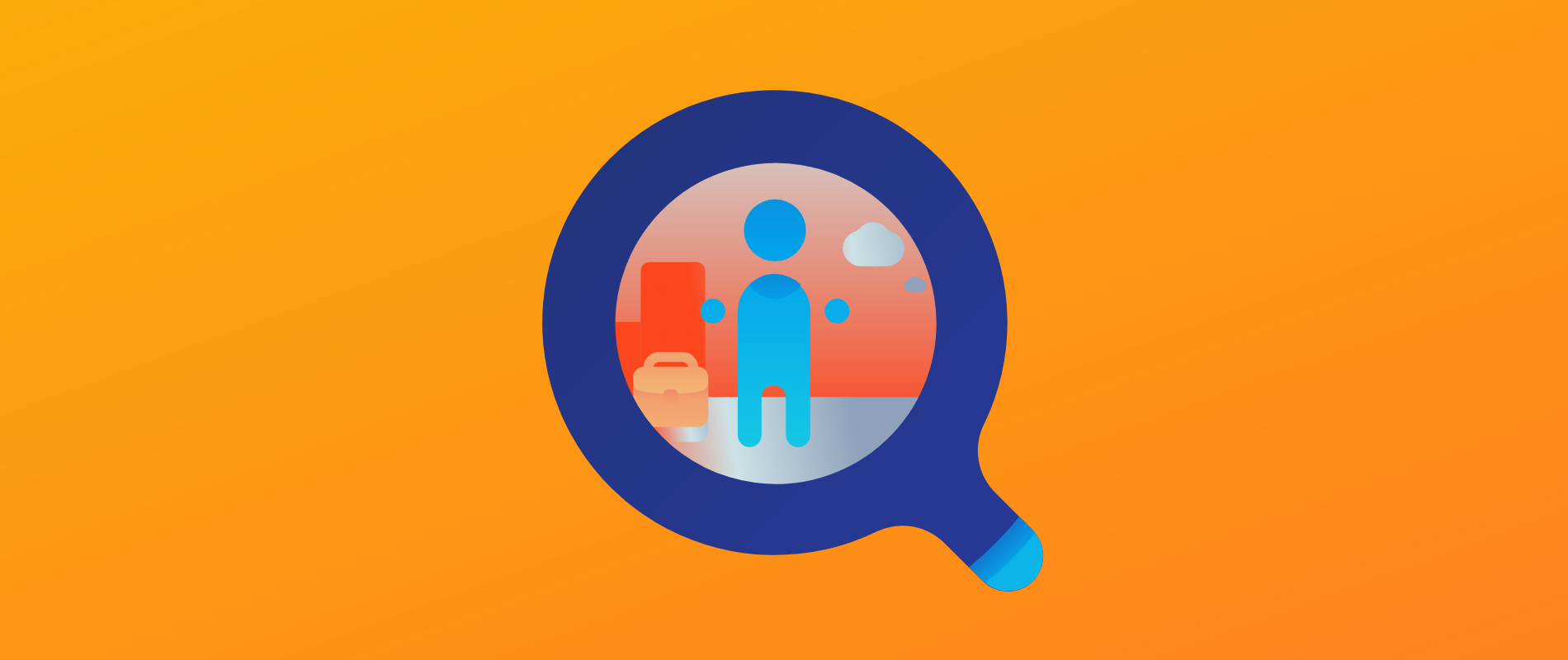Get weekly
HubSpot updates
If you operate a subscription-based business model, your least favourite word is probably churn. One minute you're riding the manic high of an increase in converting traffic, but the next time you look at your metrics, loads of your paying customers have dropped off. What's up with that?
For your software-as-a-service business to grow, the rate of new customers coming in must exceed the rate at which others are churning out. Ugh, there's that gross word again.
What's making your customers take a churn turn?
Okay, let's just clear this up first: churn is an inevitability for any subscription-based business, so don't get too annoyed. People will come, have a look, poke and prod your product, and possibly decide that it's not for them. There's nothing wrong with that happening – occasionally.
However, if you see a consistent pattern in churners, don't just sit back and wait for your next PPC campaign to bring in fresh clientele. This kind of cycle can be hugely damaging to your revenue and your reputation.
High levels of churn are indicative of your content and advertising message not being aligned with what your service actually delivers. So, if you'd like to reduce your churn rate, you're going to have to look closely in order to understand what's making your customers turn their noses up after a few months, weeks or days. And therein lies the answer...
Are you delighting your customers?
The secret to SaaS customer success is embedded in your product's ability to live up to – or exceed – your initial value proposition.
Maybe you've implemented an ingenious SaaS marketing campaign that has generated loads of traffic to your site; perhaps you've had some highly entertaining explainer videos that have helped customers to buy into your brand and gain some perspective of what using your software could do for their business. But once they download that free trial or start paying for the monthly subscription, are they disappointed by the results – or lack thereof?
You might have an excellent product that your team has spent hours developing, but if new users can’t identify the value in your software they aren’t going to stick around.
Let's take a look at how you can achieve this.
-
Have an educational content plan – Hey, just cause you're a world-class software nerd doesn't mean the rest of us are, okay? Your customers may understand the need for your software and appreciate its value, but maybe they need a little hand holding during the onboarding process. If they're not getting the benefits of all the functions on your dashboard, they're likely to get frustrated, put off and, eventually, switched off from your subscription.
So how do you counteract this? You come up with an awesome content plan that is structured around the expected weekly progress a new customer is supposed to be making as they integrate with your software. Don't stop the email nurtures after they've signed up. Place new customers in new nurtures that send them to blogs, ebooks and other interactive content that educates them on how to become proficient in using your tools. Engaged customers are happy customers, and they're likely to stick around for much longer.
-
Up your customer support game – Inbound marketing is all about placing your buyer persona's experience at the heart of all your activities. Part of that is your responsiveness to support tickets and your overall attention to the customers’ needs.
Make sure your staff are well trained to handle escalation and offer comprehensive technical support when required. Letting yourselves down on the customer service front is a big no-no for SaaS business. You're selling an intangible product, for a lot of money quite possibly. Reassure your customers that there is a human on the other end of the phone, ready to help and assist them on their journey.
-
Ensure that each customer is on the right plan for them – A lot of elements come into play at this point. Number one is your pricing page. If it is poorly coordinated, your buyer may not have had the relevant information to select the right subscription for their needs.
In other words, you may have a freelancer looking at your hosting offering wondering why they are paying so much money when they don't need half of the features included in the package they've purchased.
Create website content that helps the user evaluate their own needs and select the right choice for them. Don't nudge them towards purchasing the more expensive option if you know they won't utilise it entirely. Likewise, don't sell them the dream in your minimal-feature package just to get a quick sign up. Depending on the value and sales cycle of your SaaS service, your sales team should be actively involved in assessing the needs of new and existing customers and helping them to upgrade or adjust their subscription to make sure they are getting the best deal.
Clarity, transparency, and genuine interest in doing what's best for the customer will help you to retain them for longer and persuade them to stick around during the lean months when they are looking for things to shave off their budget. You may be missing out on an excellent opportunity to upsell or to reinforce a positive relationship by retaining a loyal customer on an adjusted price plan.
Reducing churn is all about being proactive in every step of your marketing strategy and after-sales service delivery. If you want more tips on how to reduce churn, check out this other blog we have on the topic: 3 Ways to Reduce SaaS Churn.
Or, if you're ready to work with a SaaS growth agency, give us a call. We can have a no-obligation conversation about where your website currently stands and help you to start optimising, not only for lead generation, but also for conversion and retention.
